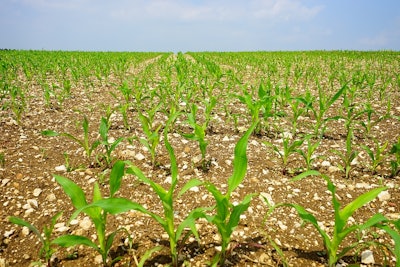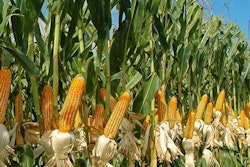
Reminder: USDA’s June WASDE report is published Tuesday, June 11 at 11:00 CST
USDA’s June 10 Crop Progress Report: Slowest Corn Planting Pace
The USDA released their crop progress report for the week ending 6/9/2019. The report showed the slowest U.S. corn planting and emergence pace on record. The corn planting pace was reported at 83% planted and is 8% below the next slowest year, 1995, at 91%.
Put another way, as of June 9 the USDA reported that 17% or 15.7 million corn acres are left unplanted.
Corn emergence was reported at 62% which was behind the next lowest level of 85% in 2013.
Reported corn condition scores showed the percentage of the crop rated “very poor/poor” at 9% while 59% of the crop was rated as “good/excellent”.
Soybean plantings were reported at 60% complete. Only years 1981, 1995 and 1996 were slower and were all “tied” at 59% completed.
Soybean emergence was reported at 34% which was the slowest on record.
Spring wheat planting and emergence are on pace with the 5 year averages.
Soft winter wheat scores showed continued weakness in Illinois and Ohio where 27% and 33% of the crops were reported as “very poor/poor”.
Hard wheat condition scores have been trending “positively” with Kansas reporting the largest percentage rated “very poor/poor” at 11%.
What It Means for the U.S. Farmer: At FBN we believe that both the corn and soybean scores are supportive. We believe that the corn data provides the USDA with enough information to materially lower the planted acres and yield numbers in their June WASDE on Tuesday, June 11. Soybeans still have more time before the prevent plant date so acres can still be added.
Argentina Able And Ready to Assume Mexican Import Demand
If trade strife continues between the United States and Mexico despite a deal struck on Friday, Argentine grain exporters have the ability to meet Mexican food demand.
The U.S. government called off a threatened 5% tariff on all Mexican goods when Mexico promised to do more to stem the flow of Central American immigrants into the United States. On Monday, President Trump warned he could revive the tariffs if Mexico's Congress does not approve the plan.
The United States has traditionally supplied more than 95% of Mexico’s corn imports and around 70% of its wheat imports.
Prior to the current tariff threat, trade turmoil beginning with President Trump’s threat to withdraw from the trilateral North American Free Trade Agreement had prompted Mexico to talk about broadening its suppliers.
What It Means for the U.S. Farmer: At FBN we believe that Mexico’s desire to diversify its agricultural commodity supply chain comes at an opportune time. The U.S.’s 2019/20 corn crop is off to a poor start while Argentina and Brazil are having bumper corn crops. While the cost of shipping corn and wheat from the U.S. to Mexico has only recently declined, the FOB price of corn in Argentina combined with the strength of the Mexican peso over the Argentine peso exchange rate provides Mexico with import options. If the Mexican congress fails to ratify the trade deal we believe that exports could shift away from the U.S. which would be bearish for the U.S. producer.
The risk of trading futures, hedging, and speculating can be substantial. FBN BR LLC (NFA ID: 0508695)










